Disney's Long, Complicated History with Queer Characters
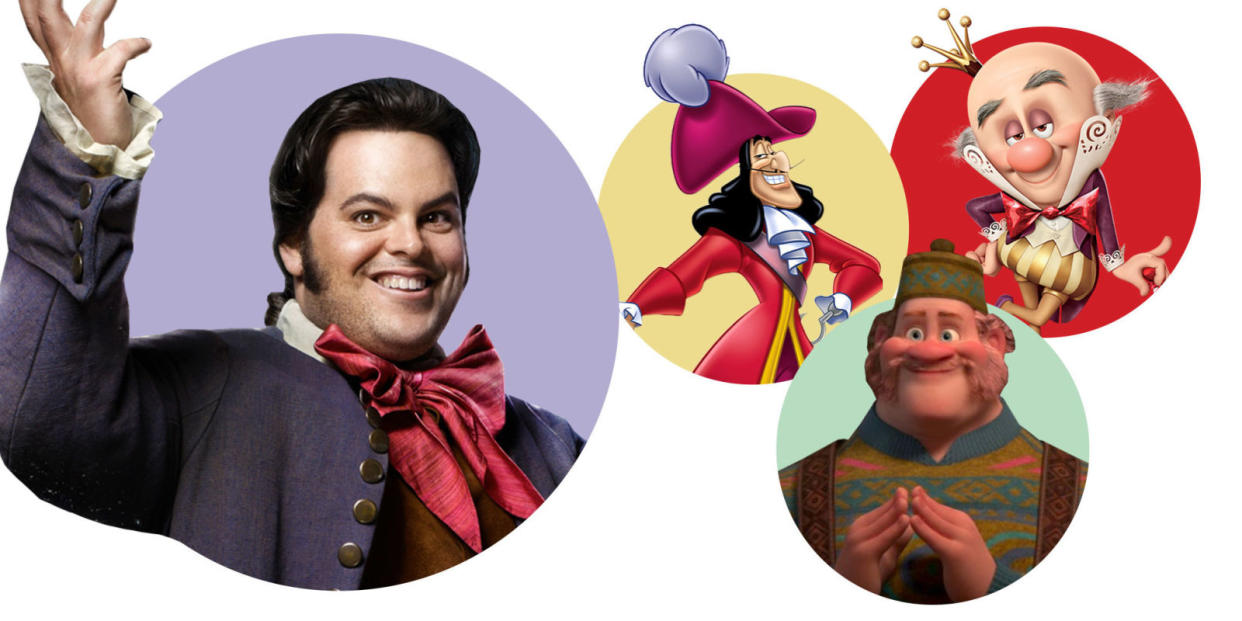
Conservative groups have urged a boycott of Disney over news that the family-friendly studio would feature its first "exclusively gay moment" in the live-action remake of Beauty and the Beast. Director Bill Condon told the British gay magazine Attitude that Le Fou, the bumbling sidekick played by Josh Gad, would be portrayed as a gay man. "LeFou is somebody who on one day wants to be Gaston and on another day wants to kiss Gaston," Condon said. "He's confused about what he wants."
Following that announcement, evangelical preacher Franklin Graham warned that Disney is trying to "push the LGBT agenda into the hearts and minds of… children." A conservative mommy blogger cancelled her trip to Walt Disney World over the controversy, while an Alabama drive-in has declined to screen the film. Russia further announced that Beauty and the Beast will be rated 16+ over concerns that the adaptation would violate the country's "gay propaganda" laws.
The backlash is overblown for a number of reasons. Although Disney is marketing Beauty and the Beast as a major step forward for the studio, Le Fou's blossoming sexuality only receives but passing acknowledgment-a blink-and-you'll-miss-it aside that's more of an Easter Egg for LGBT viewers than a full-on coming out. But in truth, the Mouse House has a long and complicated relationship with queer representation. Le Fou might be the first character that Disney has openly recognized as being gay, but that doesn't mean LGBT people haven't been there all along.
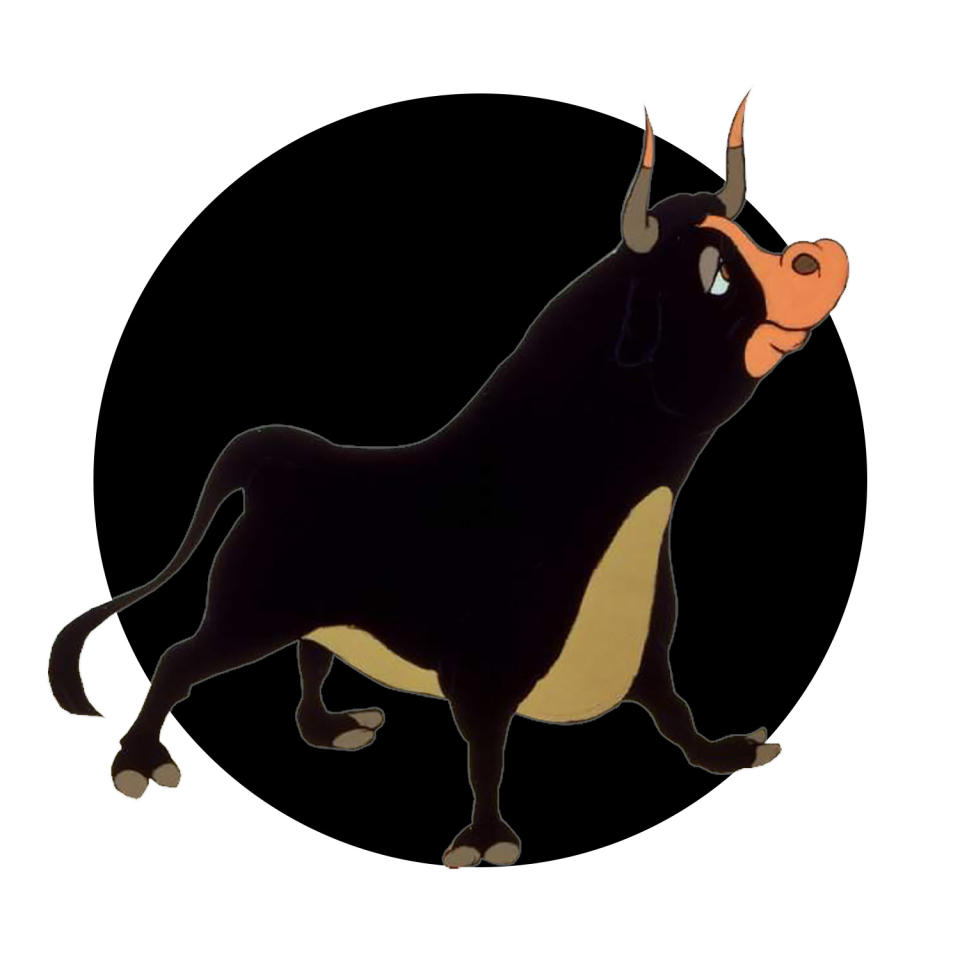
Sean Griffin literally wrote the book on the gay history of Disney. In Tinker Belles and Evil Queens: The Walt Disney Company from the Inside Out, he argues that even from the studio's earliest days, queer narratives were there for audience members willing to read between the lines. In 1939, Disney won the Oscar for Best Animated Short for "Ferdinand the Bull," an eight-minute film about a sleepy eyed bull who doesn't conform to expectations of masculinity. "All the other bulls wanted most of all to fight at the bullfights in Madrid, but not Ferdinand," the narrator explains. "He still liked to sit just quietly under the cork tree and smell the flowers." Ferdinand is eventually captured and forced to make his debut in the ring, but he refuses to fight. When the bull sees the bouquet of daisies the bullfighter is carrying, he becomes too enraptured with their scent to do battle.
"The bull is drawn with long eyelashes and lots of effeminate characteristics, but the cartoon doesn't really judge him as being scary," Griffin says. "It's not necessarily gay, but it's definitely queer."
Le Fou might be the first character that Disney has openly recognized as being gay, but that doesn't mean LGBT people haven't been there all along.
For those unfamiliar, there's a subtle difference between those two phrases. While "gay" refers to people who like members of their same sex, "queer" is a reclaimed term that sprang up in academic circles in the early 1990s. The word is used both as an umbrella term for the LGBT community and embodies a notion of difference. To be "queer" means to stand in for the Other, whether that's in terms of your sexual orientation or a performance of gender outside the norm. It can be hard to define, but you know queerness when you see it.
The Reluctant Dragon, a short produced in 1941, is extremely queer, even if it's not necessarily gay. A sassy dragon will only agree to joust if he and the knight "fix" the contest: The men rush into a cave where they clang pots and pans to pretend they're fighting to the death while, in reality, they're just drinking tea. When the two emerge from their hiding place, they begin to charge at one another and-following their collision-are enveloped in a giant mushroom cloud of smoke. Behind the smoke screen, the supposed foes are not trying to kill each other; they're dancing a tender waltz as the dragon pretends to scream for help.
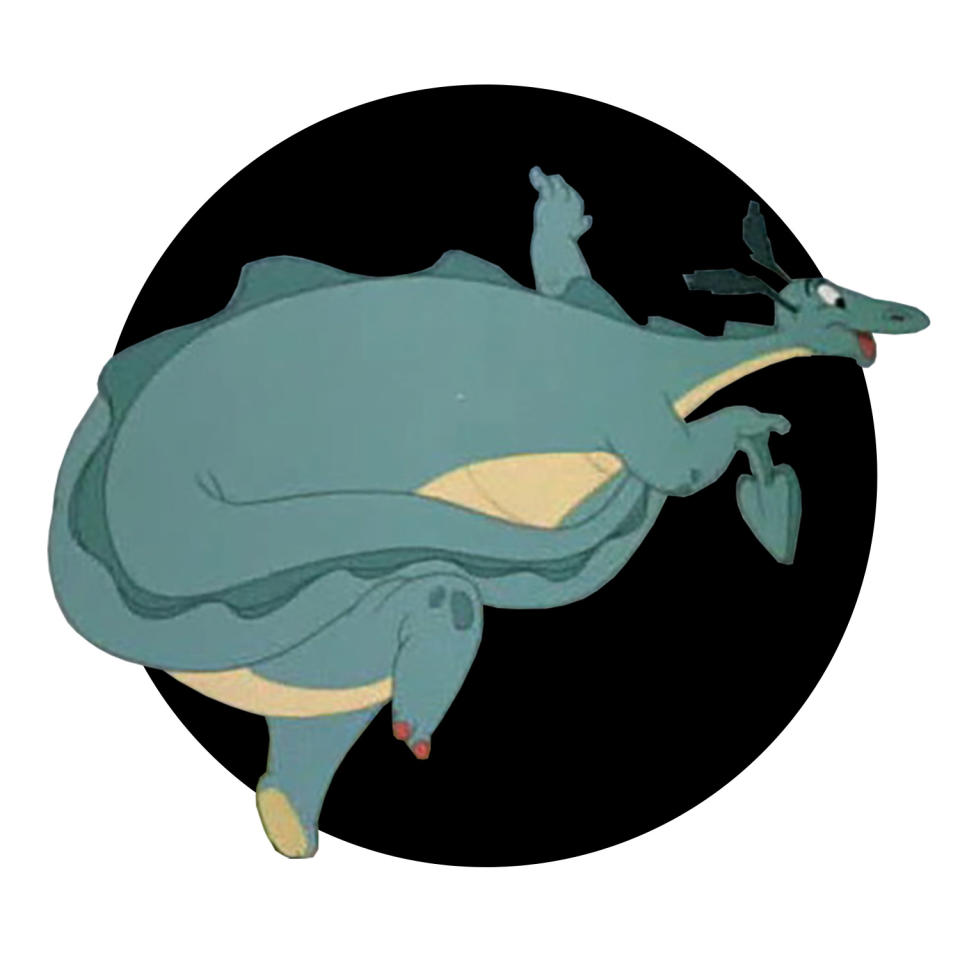
The studio's early positive representations of queerness fell by the wayside following increasing scrutiny under the Motion Picture Production Code. More popularly known as the Hays Code, it prohibited "sex perversion or any inference." Prior to the 1940s, Griffin says queer characters were largely portrayed as "funny and silly," but they became increasingly synonymous with evil.
Alfred Hitchcock's Rope is a prominent example of that trope. In the 1948 film, actors Farley Granger and John Dall (both of whom were gay men) played a pair so convinced of their ability to pull off the perfect murder that they invite friends to their apartment to throw a dinner party at the scene of the crime. The men were based off real-life killers Leopold and Loeb, although any reference to the characters' homosexuality was expressed through subtext. The same is true about Strangers on a Train, also directed by Hitchcock, in which a charming queer psychopath convinces a fellow transit passenger to trade murders with him.
Over the next five decades, Griffin says Disney would "[follow] a pattern in Western culture in general" of portraying LGBT people as villains and monsters. A PSA-style educational film shown in public schools in the 1950s, "Boys Beware," warned that some gay men "resort to violence" to prey on young boys in public restrooms and public parks. "One never knows when the homosexual is about," the PSA declares. "He may appear normal, and it may be too late when you discover he is mentally ill."
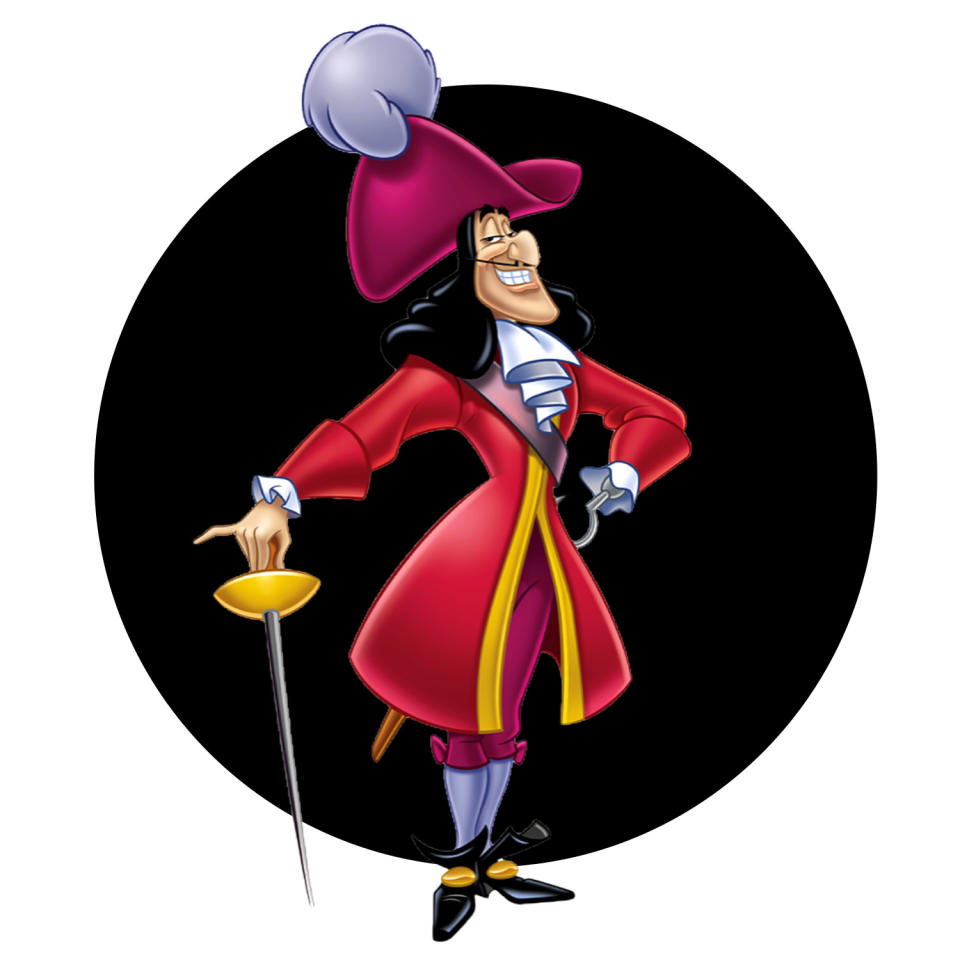
Griffin points to 1953's Peter Pan, which portrayed Captain Hook as a prissy dandy who, well, preys on young boys. Dressed in bright pink, Hook sports a comically large feather in his oversized pirate's hat. Shere Khan, the villain of 1967's The Jungle Book, was voiced by George Sanders. Sanders, rumored to be bisexual, had won an Academy Award for playing a subtextually queer theater critic who blackmails Eve Harrington (Anne Baxter) into a marriage of convenience in All About Eve. "If you want someone to look scary or abnormal, make them a little queer," Griffin says.
Filmmaker David Thorpe examines Disney's history of associating gay men with villainy in Do I Sound Gay?, a 2014 documentary on the "gay voice." Aside from a pronounced lisp, Thorpe tells BAZAAR.com that a number of characteristics send the message that there's something a little bit off about characters like Jafar, the villain of 1992's Aladdin, and Scar, the antagonist of 1994's The Lion King.
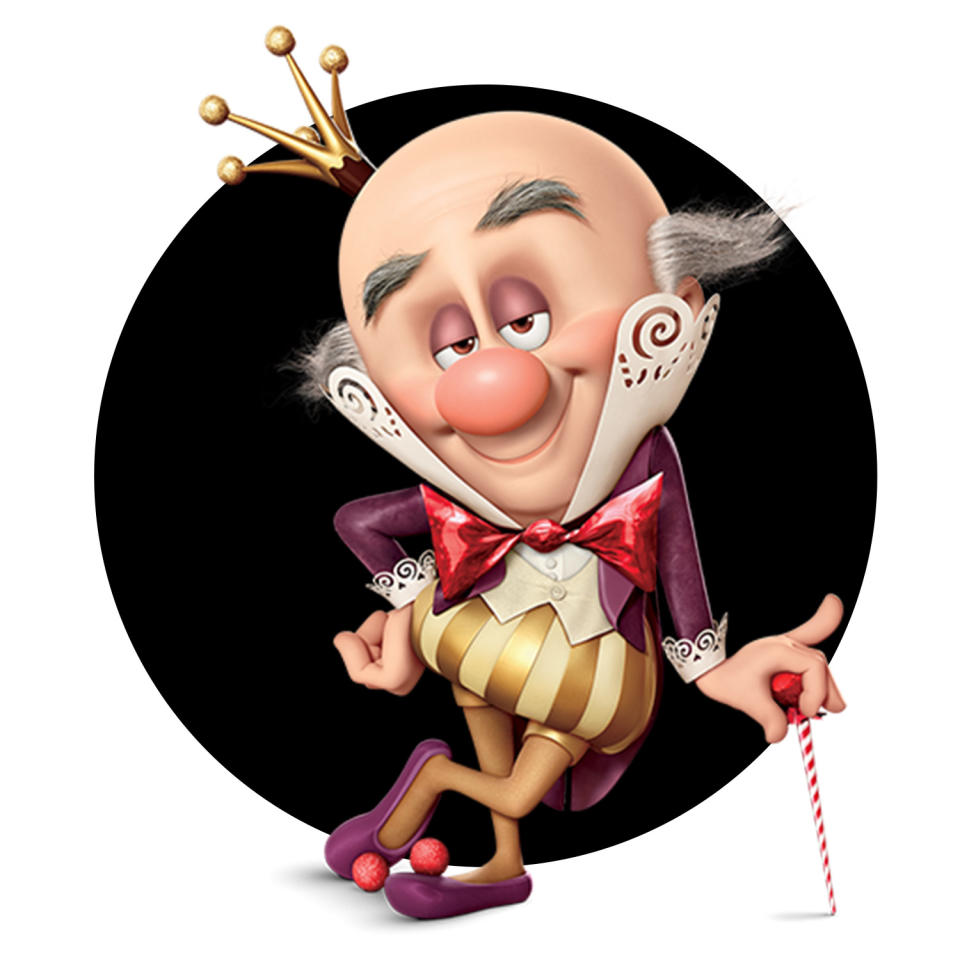
"For decades, Disney films have reinforced the stereotype that gay men are bad because not only do they scheme and enact mischief upon the good characters, but they are also bad because they don't conform to cultural norms of gender," Thorpe explains in a phone interview. "The men are flamboyant. They use flowery language. They have a very snobbish way of speaking. They're often very fastidious and pay a lot of attention to how they dress. They are a cartoon, both literally and metaphorically, of what gay men are."
A more recent example is King Candy, the chief antagonist of Disney's 2012 homage to classic video games, Wreck-It Ralph. Outfitted in bright purple, a big pink bow and a doily for a ruff, King Candy is a Paul Lynde type, with a limp wrist and exaggerated gestures to match. If that's not overt enough, Ralph (John C. Reilly) calls the giggly monarch a "nelly wafer" at one point in the film. That phrase refers to a common slur used at the expense of gay men.
"The men are flamboyant. They have a very snobbish way of speaking. They pay a lot of attention to how they dress. They are a cartoon, both literally and metaphorically, of what gay men are."
Griffin, though, asserts that Disney is "not a monolith." Even as the studio was making films that code their villains as subtextually queer, it produced 1991's Beauty and the Beast, which was spearheaded by a gay man, executive producer and lyricist Howard Ashman. Ashman, who won an Oscar for his work on 1989's The Little Mermaid, died of AIDS prior to Beauty and the Beast's release. In the film's credits, Ashman's fellow filmmakers pay him tribute: "To our friend, Howard, who gave a Mermaid her voice and a Beast his soul, we will be forever grateful," the message read.
Ashman saw the Disney's take on the 1946 Jean Cocteau film of the same name as a parable for the disease ravaging his body as he worked on the film. Forces that the prince cannot control turn him into a hideous creature. Lyrics like, "We don't like what we don't understand / in fact it scares us / and this monster is mysterious at least" from "The Mob Song" pay overt homage to the culture of paranoia surrounding HIV/AIDS, particularly under the Reagan administration.
"[Ashman] was cursed, and this curse had brought sorrow on all those people who loved him, and maybe there was a chance for a miracle-and a way for the curse to be lifted," Condon told Attitude. "It was a very concrete thing that he was doing."
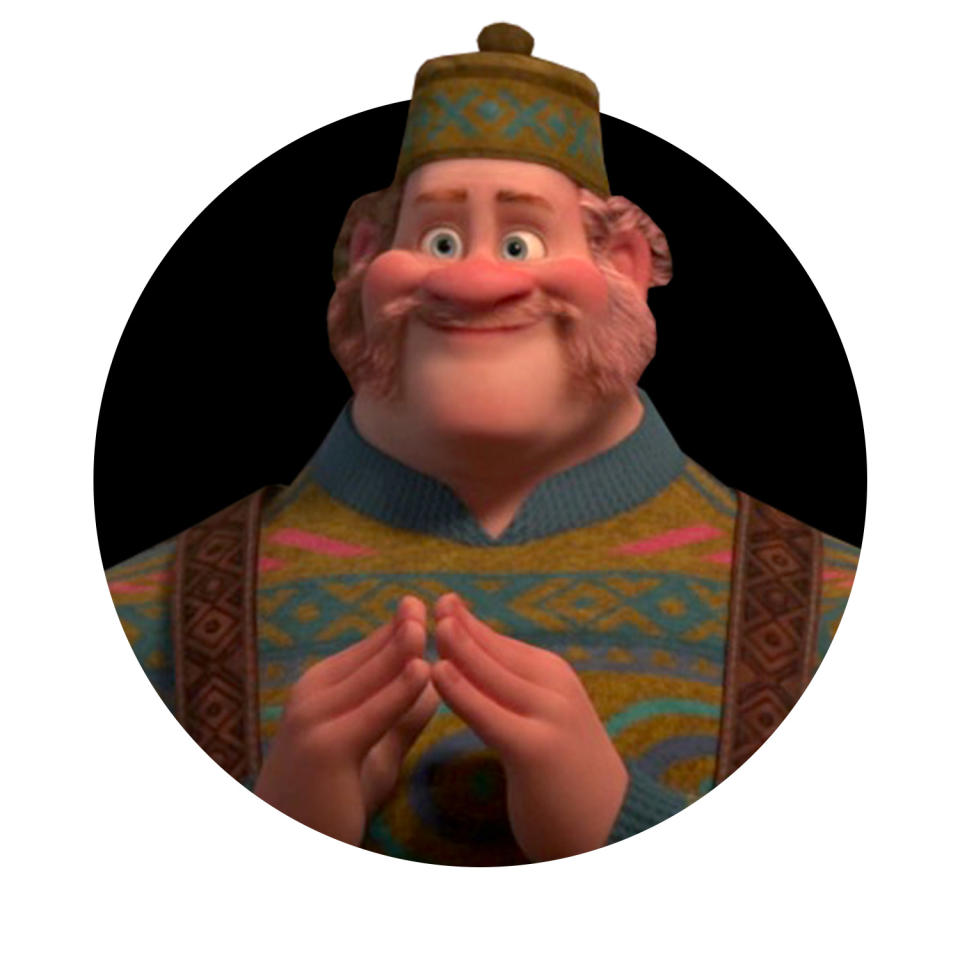
In recent years, Disney has taken some tentative steps forward when it comes to bringing what was previously represented through code into the foreground. Astute viewers noted that in Zootopia, aspiring police officer Judy Hopps lives next to a gay couple. The two male antelopes next door share the same last name: "Oryx-Antlerson." While there's been much debate over whether Elsa, the tormented ice queen in Disney's Frozen, is a lesbian, a brief aside in the film shows that burly proprietor of Oaken's Trading Post has a husband and kids.
Audience members who aren't paying attention, though, might not even notice-which is perhaps the point. The backlash to Le Fou's sexuality might suggest that the studio has finally caught up to the times by portraying an out-and-proud gay man on screen, but the decision is as progressive as it is cautious.
In the original film, Le Fou isn't gay. He's the secondary villain-the squat, oafish sidekick to Gaston's uber-masculine hunk, one who lives vicariously through his best friend's sexual exploits. But the 2017 Beauty and the Beast remixes this character. Le Fou, dressed in a Captain Hook shade of hot pink, clearly has a torch burning for Gaston (played in the film by gay actor Luke Evans). Gay film critic Michael Musto wrote at Out magazine that making Le Fou queer plays into "the stereotype that gay guys always lust for hetero studs."
But in giving Le Fou an arc, Beauty and the Beast upends that trope. While coming to terms with his own sexuality, Le Fou also begins to realize that his friend may not be as great as he seems. During the climactic battle in which the villagers storm the castle, Le Fou becomes pinned to the ground, and despite his cries for help, Gaston doesn't come to his aid. In this moment, Le Fou decides to switch sides: instead of fighting with the townspeople to destroy the Beast, he joins the castle's inhabitants to save Beast's life.
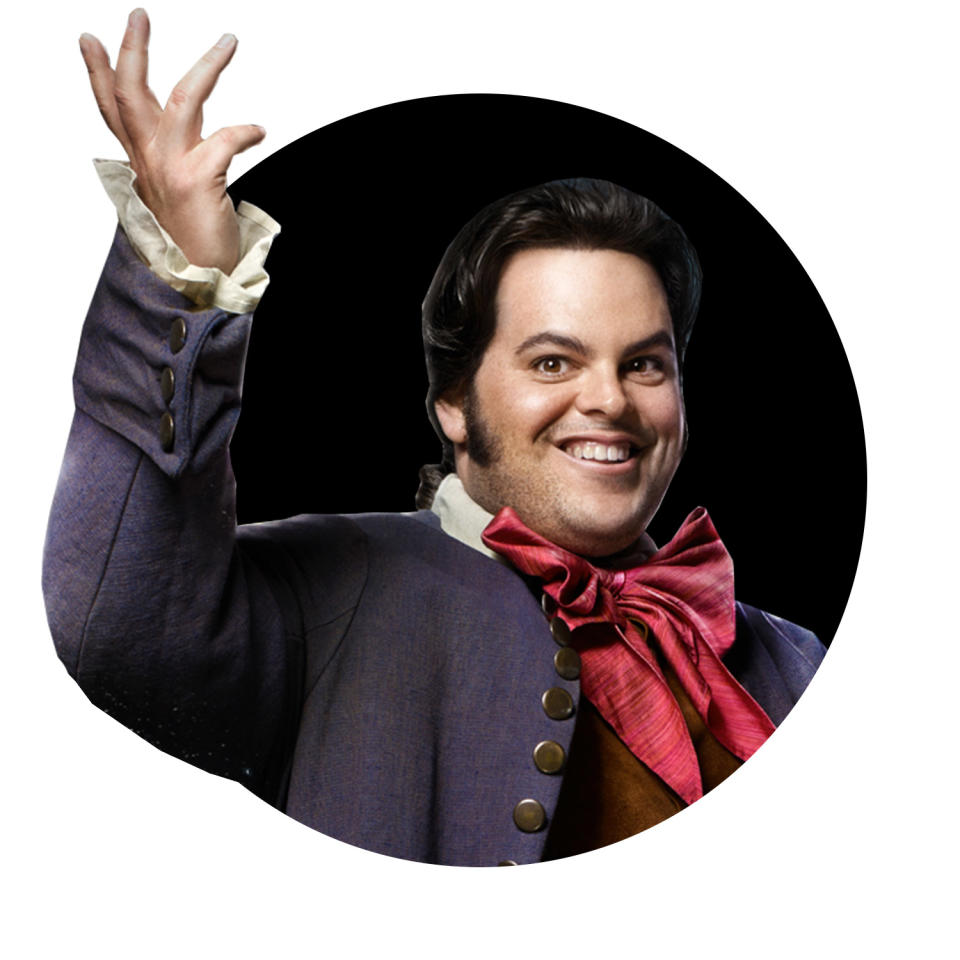
Le Fou finally gets his "big moment" at the end, but it may not satisfy either LGBT audiences hoping the studio would exorcise its anti-gay demons or critics worried Disney is pushing a "gay agenda." During the battle, three of the townspeople are accosted by Madame de Garderobe, the enchanted wardrobe voiced by Audra McDonald; she forces them to wear dresses and ladies' wigs. Two of the men are disgusted and flee the scene. The third takes one look at his ensemble and is immediately in love, sashaying away. The man in drag joins Le Fou for a final dance number during the big finale, but their interlude lasts for barely a second.
Whether you think Beauty and the Beast is groundbreaking, not enough or the work of the devil, the culture war over the conversation ignores that queer audiences have been re-appropriating Disney for years, making the problematic fabulous. Griffin says that in 1937, a group of lesbians in Chicago threw a series of bashes known as "Mickey Mouse's parties." These gatherings for like-minded ladies were a reference to the fact that "Mickey Mouse" was a common term at the time for gay men. The Little Mermaid's Ursula was based off Divine, which is something of a backhanded compliment to John Waters's muse. Since debuting in theaters 28 years ago, the voluptuous sea witch has become a popular gay Halloween costume. Raven from RuPaul's Drag Race donned the look four years ago.
Forcing the Mouse House back into the closet would erase its complex history at a time when the studio should be making greater strides to portray queer storylines with dignity and respect. LGBT kids deserve to grow up with queer Disney characters they can look up to and emulate, no matter what some theater in Alabama thinks.
You Might Also Like

